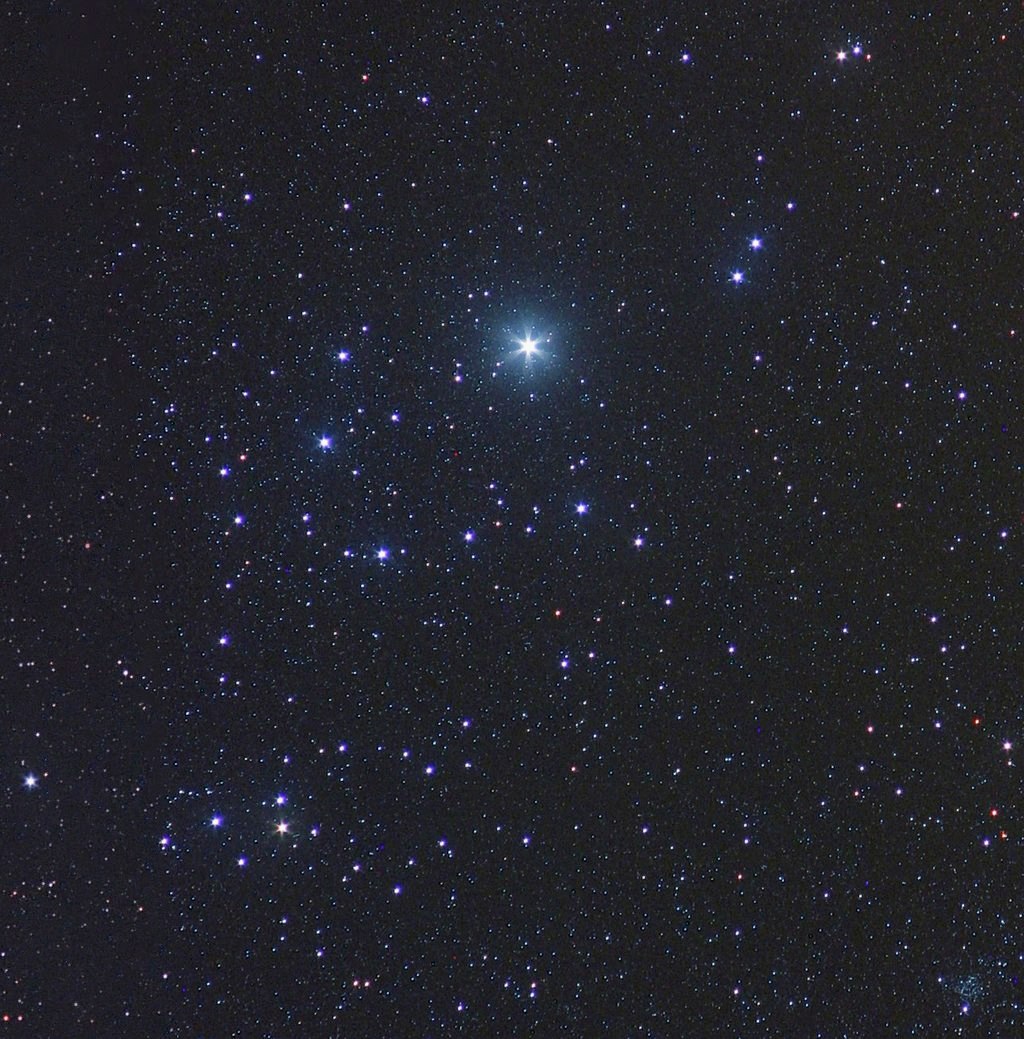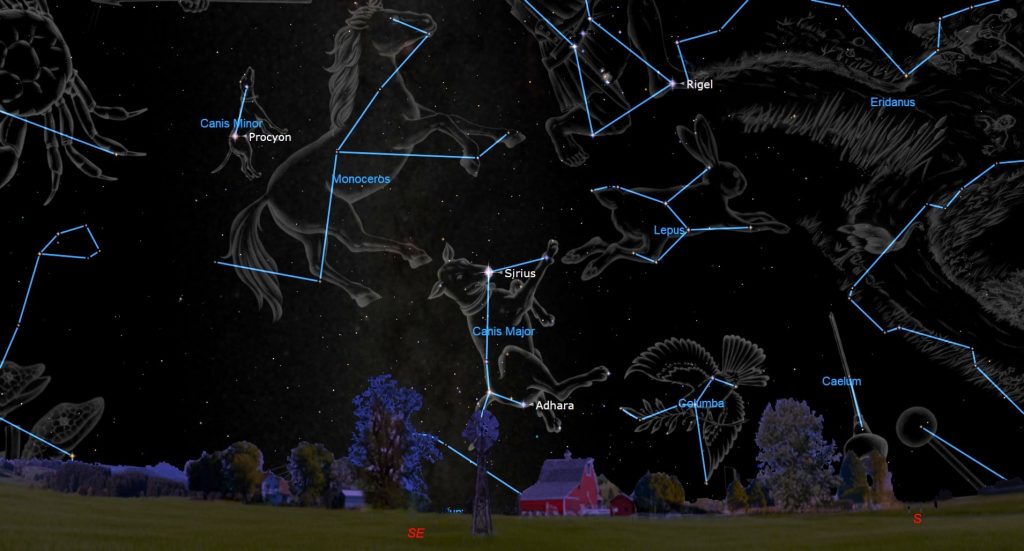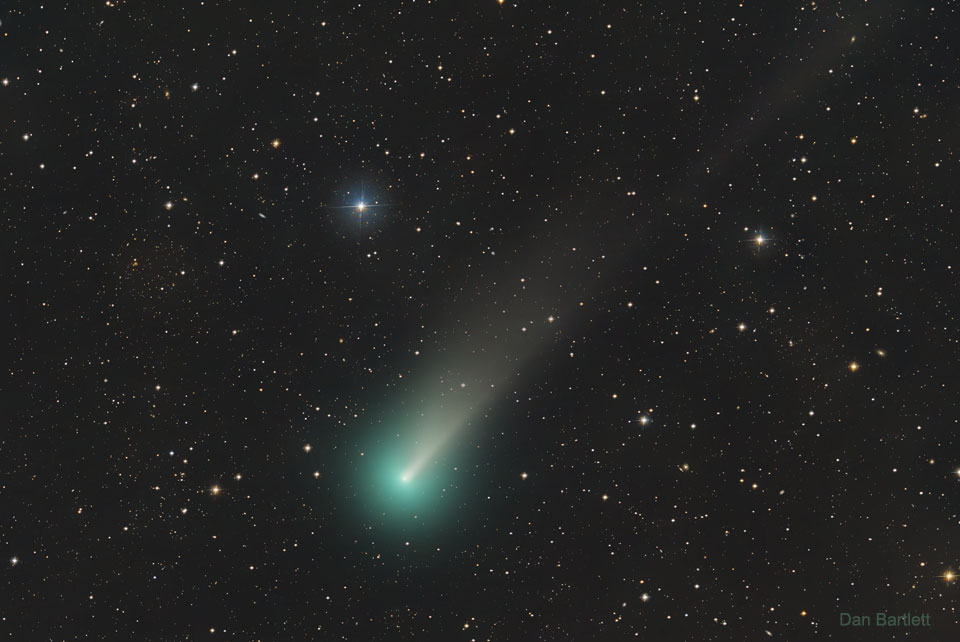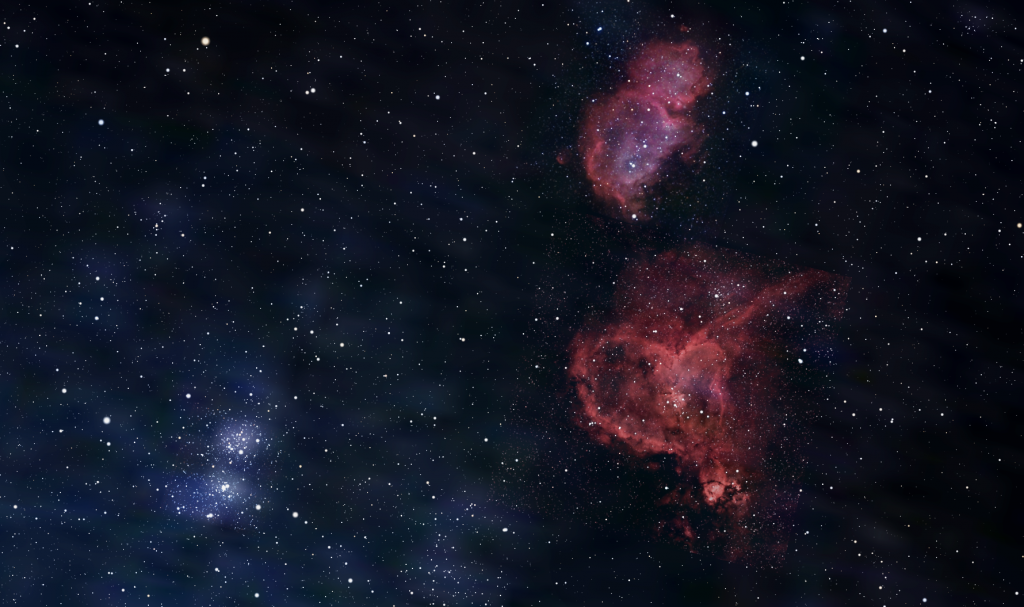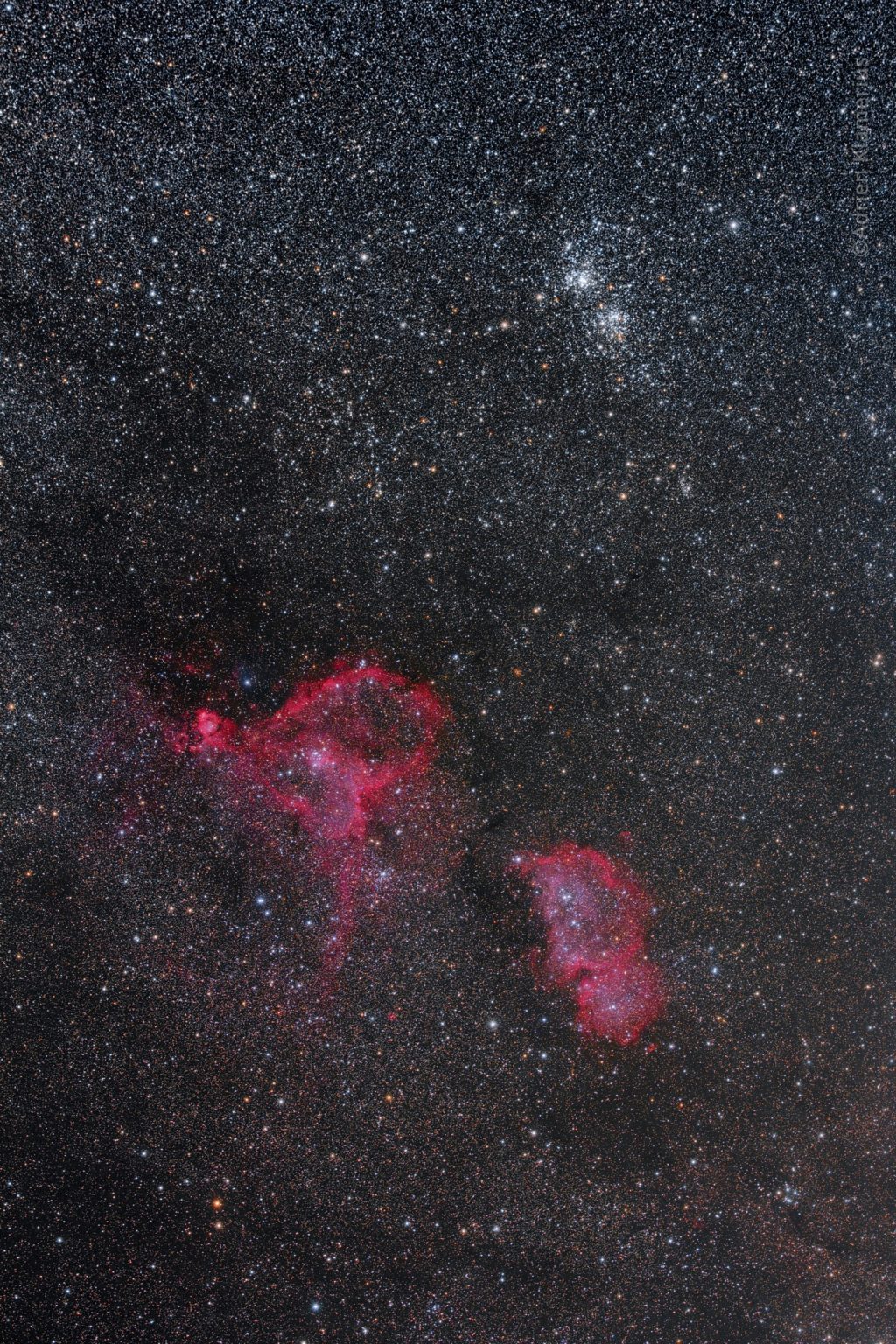Bright Planets Bracket the Night, and Moonless Evenings Offer Stargazing Sights and a Messier Marathon Opportunity
This image by Martin Gembec of the Czech Republic shows the rich starfield of the Alpha-Persei Moving Group stars surrounding Mirfak (above centre), the brightest star in Perseus (the Hero). The photograph spans about 3.5 degrees of the sky, nearly filling the view in binoculars. Mirfak is the very bright star shining about halfway up…
Read more
